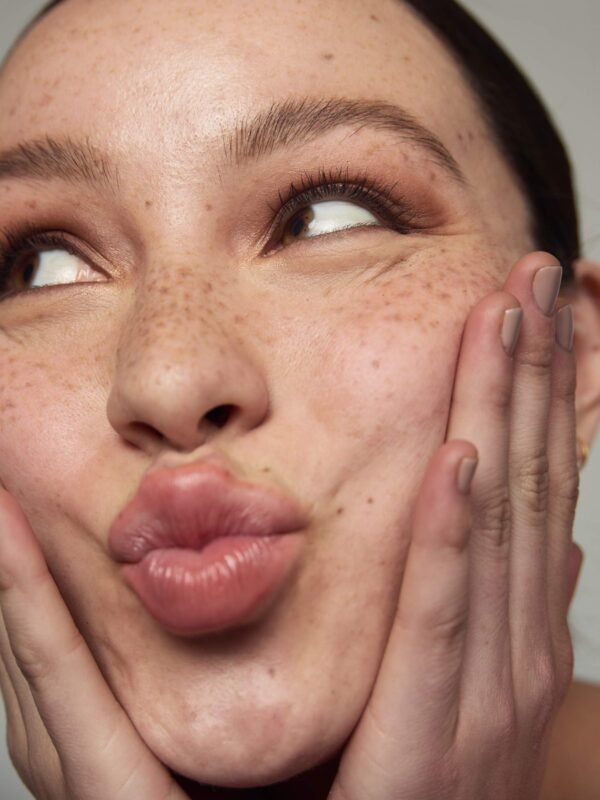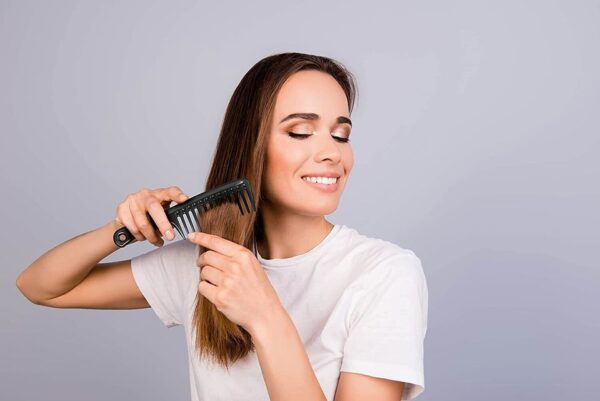
A Guide to Knowing What’s in Your Beauty Products

Have you ever looked at the back of a bottle of face wash and been completely baffled by the ingredients inside? Yeah, me too. There are a bunch of long words you can’t pronounce and you just take a chance on one and hope for the best. However, I believe you should think twice about that. The clean beauty movement is growing larger by the day. More and more brands are emerging that really do care about their ingredients and what they can do for your skin. So, breathe a deep sigh of relief and stop guessing; here’s how to know what to look for in your beauty products.
First and foremost, when you don’t recognize what’s in your beauty products, you simply don’t know what exactly is going on your skin. Sadly, many cosmetic companies choose to put a lot of diluents and/or fillers into their products in order to make the overall production of the product more expensive. What this means for your skin is that you’re getting a lot of the “filler” product and not much of the ingredient that’s actually doing something positive for your skin.
The most widely used diluents are water, glycerin, silicone, and alcohol. You may see a few different forms of these ingredients listed on the bottle, but they’re present in a shockingly large percentage of cosmetics today. Now, you might be wondering what this means for your skin. Very little, as in the product isn’t really depositing much positive ingredients onto your skin.
What Ingredients Should I Look Out For?

Let’s just break down some of these ingredients. Glycerin, for example, can be quite hydrating for the skin, when used in moderation as it traps in moisture from the air. Glycerin, is very sticky and thick (think like honey, except it doesn’t dissolve like honey). As such, when it is used in large amounts it can be quite suffocating to the face and block out all other effects of additional ingredients used. What’s more, you should know that glycerin can come from a plant or an animal, so you might want to know which one you’re putting on your face.
Silicone is used in many different forms within beauty products (dimethicone is a big one). It’s main purpose is to make things feel soft. It may make your hair and face feel soft temporarily, but it doesn’t ever really absorb into your skin. Much like glycerin, it blocks other ingredients out and gives you a false sense of softness, but it soon will wash off or fade away, leaving your skin in worse condition than it was before.
Alcohol is simply terrible for your face. It will kill all bacteria (good and bad) on the surface of your skin and will leave your skin very flaky and dry, which is very dangerous for those of us who already have quite dry skin. Everyone has good bacteria on their skin, all over their bodies. This bacteria keeps our natural skin processes going properly. In addition, our skin produces natural oils that help to block bad bacteria and keep things like dirt and debris from the air away. Alcohol destroys both of these things. It breaks down your natural oils and kills good bacteria, leaving your skin dry and unprotected. This makes your skin extra vulnerable to bacteria and grime that cause breakouts — pretty much the opposite of why we clean our skin in the first place.
Lastly, we have water, which is definitely the most harmless on this list. However, you should still look out for water in your ingredients for two reasons. First, a product with too much water in it will deposit very little onto your skin. It’s a very straight forward diluent, which is sometimes necessary in order to activate ingredients, but it shouldn’t be used in excess. The second reason is that when water is added to ingredients, the chance of contamination and mold formation is high. Products with water are more likely to become contaminated if you are dipping into it with your fingers. In addition, they will eventually mold, even if you don’t use your hands in the product. Water catches bacteria even from the air and, like a petri dish, will start to grow harmful bacteria. This doesn’t mean you can’t use products with water, just know that you should use them quickly. Many companies will use an antibacterial synthetic material in order to counteract this process, but if you’re switching to a more natural skincare routine, this ingredient might be missing, so just keep all of that in mind when you’re shopping.
What is Clean Beauty and Why is it Important?

If you’re paying good money for your skincare, you should be getting your dollar’s worth. Now, I’m not saying to never buy any products that have the above listed ingredients within them. However, I am saying to make sure that they are not always at the very top of the ingredients list and, arguably more importantly, ensure that you recognize each ingredient that is listed in the product.
Clean beauty is all about giving your skin what it needs, nothing less. There are a lot more ingredients that are important to avoid if you’d like to start your own clean beauty routine. Some of those include parabens, microbeads, petroleum, and even formaldehyde (yikes!). The bottom line is, it’s better for your skin and it’s better for the environment to know that the ingredients in your beauty products are safe.
What Kinds of Things Are Going to Help My Skin?

So, now that you understand what kinds of things have been sneaking their way into your skincare, let’s take a quick look at what ingredients you actually want to see in beauty products.
Honey & Plant-Based Glycerin: Honey is naturally antiseptic and pulls in moisture from the air. It is water soluble and gives your skin a wonderful healthy plumpness. It’s all around a wonderful product for your skin, but I’d encourage you to check and make sure that the honey you’re using is pure honey that has been sustainably sourced.
Glycerin, as I mentioned earlier, is actually quite nice for the skin when used in small amounts. It acts similarly to honey, but it is harder to break down. It is wonderful for individuals who have very dry skin and need to lock in moisture. I suggest plant-based glycerin, because let’s face it: putting animal fat on your skin is just plain gross.
Aloe Vera, Papaya, Rosemary & Other Plant Ingredients: There are simply too many wonderful plants out there to list here. Fruits, vegetables, and herbs can all be used in combination with each other in order to form your perfect skin concoction. I specifically listed these three ingredients because they all do something a little bit different, but are equally valuable to your skin.
Aloe, and other plants like it (chamomile & lavender, for example) are wonderful for calming redness and soothing irritated skin. I like aloe as a skincare ingredient because it’s quite gelatinous and helps keep your skin hydrated as well. It’s wonderful at shrinking the size of blemishes overnight and can help with any inflammation or rashes that your skin has going on.
Papaya and many other enzymatic fruits like it, are great at deeply cleansing the skin. Their powerful enzymes eat away at dirt, built up oil, blockages, and dead skin. This means you have to spend less time scrubbing in order to get your skin as clean as you’d like. You don’t have to expose your skin to harsh exfoliants that will scratch your skin, these fruits do all the work for you.
Rosemary is another ingredient that is naturally antiseptic. If you need a little extra help with excess oil and/or getting rid of blemishes, rosemary and many other herbs will do your skin some good. Tea tree is another very popular ingredient to use on blemish-prone skin. However, it is very powerful and sometimes something a little softer, like rosemary, works just as well.
Natural Oils & Butters:
Shea butter, cocoa butter, murumuru butter, jojoba oil, avocado oil, and coconut oil — these are all great examples of moisturizing ingredients for your skin. When you’re feeling dry, these will perk your skin back up. In addition, these ingredients (and more) will help your skin create a healthy barrier to keep out bad bacteria and debris from the air. These are absolutely essential in any skincare product.
There you have it! Now, you should feel armed with knowledge and know what you look for in your beauty products. Unfortunately, there are so many more negative ingredients to look out for that are just too numerous to include here. However, if you take one thing from this article, I hope that it is that I highly encourage you to look for products that have recognizable ingredients. You deserve to know what’s going on your skin and you shouldn’t have to gamble on whether or not your money will buy you a product that actually works. Use this knowledge to build a skincare routine that truly works for you!














































